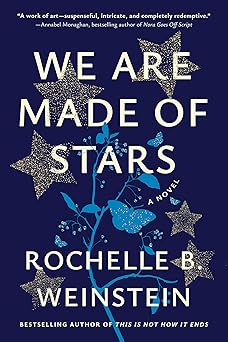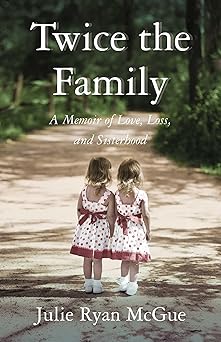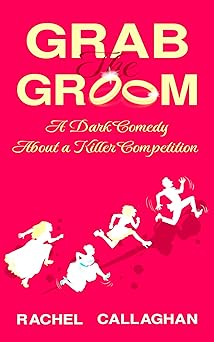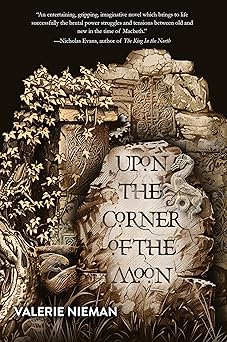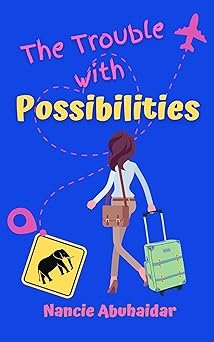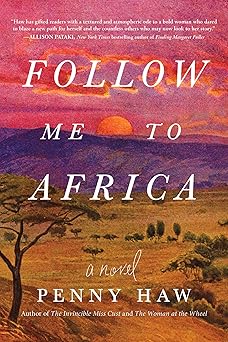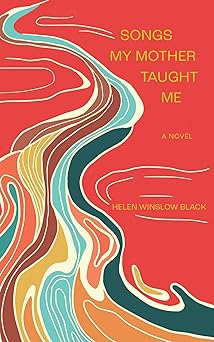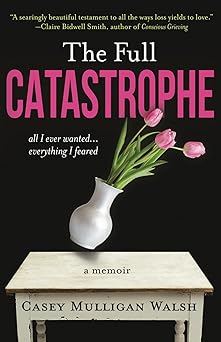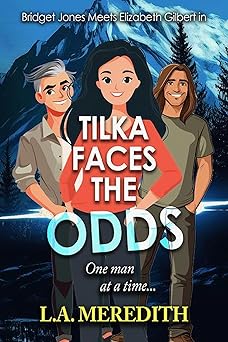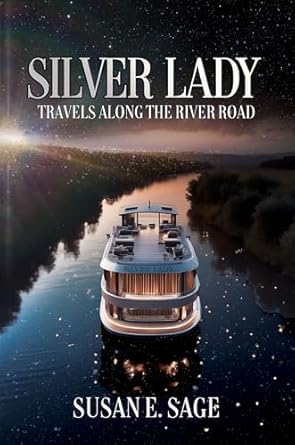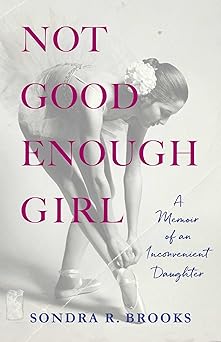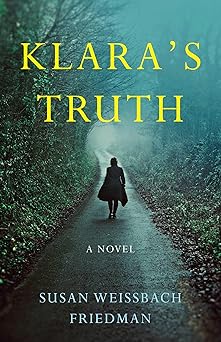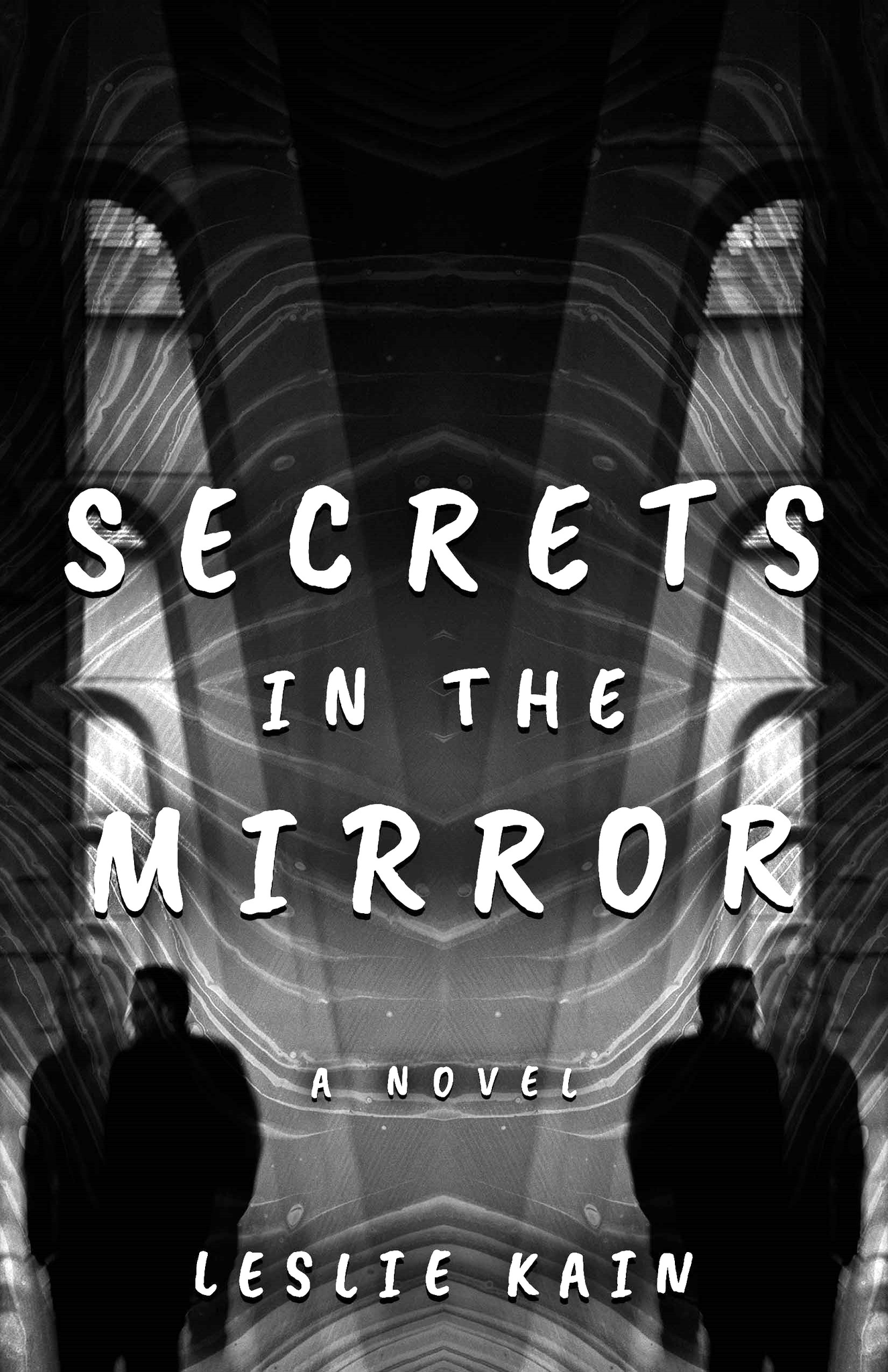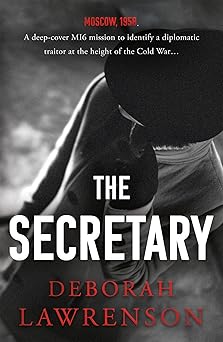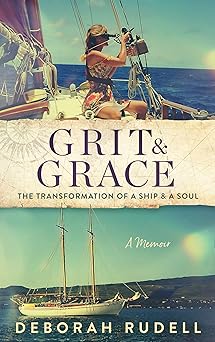A LITTLE HISTORY OF ART: EXCERPT
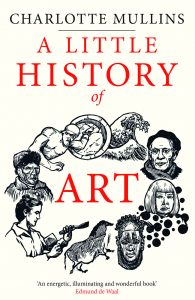 A Little History of Art takes us on a thrilling journey through 100,000 years of art, from the origins of mark-making to art’s central role in culture today on subjects such as climate change and human rights. Transporting readers chronologically through history, the author takes us to the moment at which these artworks were created, to provide a greater understanding of their context both then and now.
A Little History of Art takes us on a thrilling journey through 100,000 years of art, from the origins of mark-making to art’s central role in culture today on subjects such as climate change and human rights. Transporting readers chronologically through history, the author takes us to the moment at which these artworks were created, to provide a greater understanding of their context both then and now.
Celebrating both renowned and overlooked artists from around the world, A Little History of Art expands the story of art to present a more inclusive timeline. Mullins introduces readers to the Terracotta Army and Nok sculptures, Renaissance artists such as Giotto and Michelangelo, trailblazers including Käthe Kollwitz, Pablo Picasso, Frida Kahlo, and contemporary artists who create art as resistance, such as Ai Weiwei and Shirin Neshat. She also restores forgotten artists such as Sofonisba Anguissola, Guan Daosheng and Jacob Lawrence, travelling to the Niger valley, Peru, Java, Rapa Nui and Australia, alongside Western artists, to broaden our understanding of what art is and should be.
Charlotte Mullins brings art to life through the stories of those who created it and, importantly, reframes who is included in the narrative to create a more diverse and exciting landscape of art. She shows how art can help us see the world differently and understand our place in it, how it helps us express ourselves, fuels our creativity and contributes to our overall wellbeing and positive mental health.
We are delighted to feature this excerpt from A Little History of Art by Charlotte Mullins, (published by Yale, 26th April 2022)
It is 17,000 years ago. Two people climb through a narrow hole and pull themselves up into a long winding passageway deep within a cave system in southern France. A river churns beneath them, pushing its insistent way through the rock. It is charcoal-black in the passage and no sounds from the outside world reach them. The adult holds a flaming torch and its smoky flame throws out fingers of light. The teenager follows behind, glancing at the engravings of bison and reindeer carved into the walls. At times they have to crawl on all fours as the cave walls close in or pick their way around skeletons of long-extinct cave bears, their canine teeth wrenched out by previous visitors to become pendants and necklaces.
Together the pair head to the furthest point in the cave system, over half a kilometre from the entrance. There, balancing on their heels so their feet don’t get stuck in the mud, they squat down and cut a heavy slab of clay from the damp cave floor using a sharp piece of rock they have brought along for this purpose. Their feet sink further in as they lift the slab and carry it across to a rocky outcrop and set to work. Slowly the soft clay is transformed into two bison, each the length of an adult arm. The bison follow the contours of the rock but stand proud of the surface, the male rearing up behind the female.
The creators stand and hold the torch high. The bison seem to come to life, their manes standing up on their necks, their distinctive humped backs and tails twitching in the flickering flame.
Were these sculptures made as part of a fertility ritual, to celebrate the magical creation of life? Or was the teenager taken deep into the cave system as part of a coming of age ceremony, a rite of passage on the journey to adulthood? We can only guess. The two bison at Tuc d’Audoubert in France are from the Palaeolithic age. They are prehistoric, made before written records began, long before writing was even invented. They are the world’s earliest known relief sculptures (the sculptures remain attached to the background but project away from it). Archaeologists and palaeontologists can figure out how the bison were created and by whom using clues left in the cave – heel marks preserved in the mud and finger strokes imprinted on the sculptures. It is incredible to see these marks – they make it seem as if the bison were sculpted only moments ago, that the artists who left their fingerprints in the clay have just stepped away. But what we cannot be sure of is why the sculptures were made. What did art like this mean to our ancestors, and what does their art mean for us today? Did they even consider what they did ‘art’ at all?
Throughout this book we look at a vast and diverse array of material from around the world, all of which is considered art today. But just what do we mean by ‘art’? Art is a slippery term. Its meaning and value changes over time, but ultimately it is created to express something that goes beyond words. The contemporary painter Ali Banisadr says that all art, from cave art onwards, is about magic. The cave artists, he says, ‘were trying to tap into magic, to put something in a visual language that we can’t really understand. It’s always been about magic.’ What does this mean? Banisadr is not talking about ‘Abracadabra!’ magic, about pulling rabbits from hats, but of a mysterious force, an unexplainable power. This kind of magic can transform an object or set of marks on a wall and give it the ability to communicate powerful ideas far beyond the reach of spoken language. Sometimes these ideas are expressed rapidly or with breathtaking complexity. Artists tap into this magic to transform the simplest of marks or everyday materials – charcoal, stone, paper, paint – into works of art.
When artists sculpt an animal or paint a figure they are not necessarily trying to create a likeness, but they are trying to express something important about that animal or that figure. This is why art – no matter how diverse it appears on the outside – ultimately shares a common thread. Artists throughout history (and prehistory) have always searched for the best means of expression for their ideas. This is art’s own ‘magic’, the element that allows it to connect with us, to move us emotionally even if sometimes we cannot explain why. Art can help us see the world differently or understand our place in it a little more clearly. It is powerful stuff.
In this book we journey from some of the oldest sites of art to the present day to explore how art and artists have shaped and influenced our world. There is not one clear path through history for us to follow, despite previous accounts suggesting there is. Instead we walk together exploring how multiple paths interconnect as we journey through time. We meet artists who are anonymous today, like the two who sculpted the bison all those millennia ago, and we meet those who were praised during their lifetimes but whose careers have been overlooked ever since. There are artists who are still household names and those who, despite their talents, are largely unknown. We roam the world together, reinstating forgotten artists and expanding the traditional view of art history.
—
BUY THE BOOK HERE
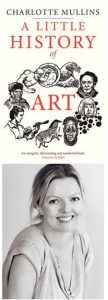 Charlotte Mullins is an art critic, writer and broadcaster. She has worked as the arts editor of the Independent on Sunday, the editor of Art Review, the V&A Magazine, Art Quarterly and is the newly appointed art critic for Country Life. She has written over ten books, two of which are art books for children, which were published under the pen name Charlie Ayres.
Charlotte Mullins is an art critic, writer and broadcaster. She has worked as the arts editor of the Independent on Sunday, the editor of Art Review, the V&A Magazine, Art Quarterly and is the newly appointed art critic for Country Life. She has written over ten books, two of which are art books for children, which were published under the pen name Charlie Ayres.
Category: On Writing




